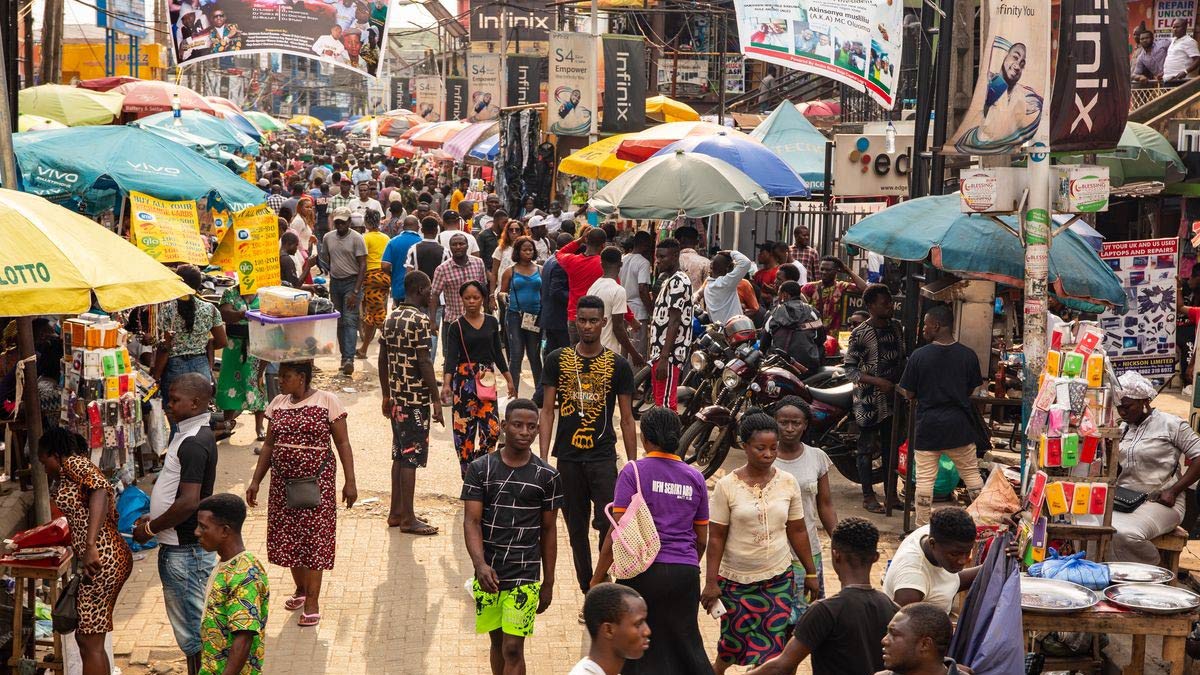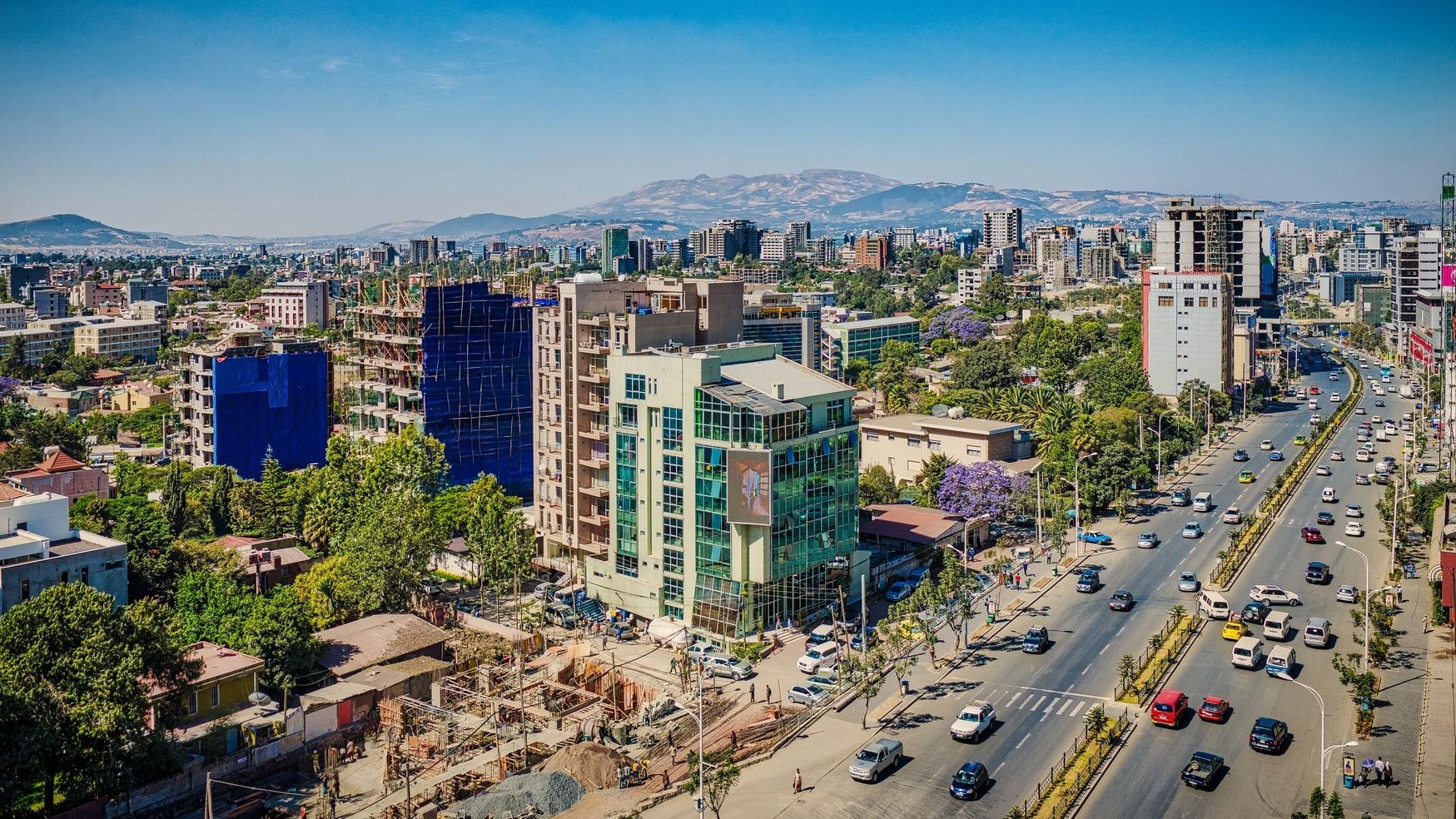Published 15 October 2024
It is estimated that Africa accounts for about 7% of China’s overseas direct investments projects, 15% of the value invested, and 13% of jobs created by Chinese greenfield ODI since 2003. But closer scrutiny suggests these numbers may be significantly overstated. From a new capital in Egypt to cement factories in Ethiopia, major Chinese projects have quietly been shelved, reversed, or scaled down.
At the Ninth Ministerial Conference of the Forum on China-Africa Cooperation (FOCAC) in Beijing in September, 51 African heads of state were in attendance along with plenipotentiaries from two other African countries, representing the vast majority of the continent’s 54 sovereign nations.
They came away with what ostensibly looks like a sizable haul. The summit headlined China’s commitment to provide Africa with "360 billion renminbi (US$51 billion) of financial support in the next three years, including RMB 210 billion (US$30 billion) in credit lines, RMB 80 billion (US$11.4 billion) in assistance of different types, no less than RMB 70 billion (US$10 billion) of investment by Chinese companies, to give strong support for the practical cooperation of China and Africa in all fields."
Much of the media focus has been on the size of the financial assistance. The sum of RMB360 billion (US$51 billion) over three years is substantial – up to a contextual extent. China’s official current account surplus was US$253 billion in 2023, and there is good reason to believe, on a closer examination of official data versus customs data, that it could well have been closer to US$500 billion.1 The current account surplus means net capital outflows.
Over three years, therefore, China can be expected anyway to export globally in the region of US$1 trillion to US$1.2 trillion in capital to balance its payments. Compared to that cascade, US$51 billion – about 0.25% of the expected total – for Africa is rather less significant.
Africa’s gross domestic product (GDP) is about US$2.8 trillion. By way of comparison, in 2022 alone, the Development Assistance Committee (DAC), an international forum of 32 countries convened under the Organisation for Economic Co-operation and Development (OECD), provided US$53 billion of aid to Africa, excluding investment and commercial lending.2
The third, and perhaps most important point, is that when it comes to foreign direct investment (FDI), as opposed to financing, the actual invested sums are often very different from the hyped announcements.
Of China’s total 9,049 overseas direct investments (ODI) projects, 643 have been in Africa. These have a total value of about US$150 billion, compared with China’s global total of US$1 trillion, fDi data says. The projects are estimated to have created 325,000 jobs, against the global total of about 2.5 million. Africa therefore accounts for about 7% of Chinese projects, 15% of the value invested, and 13% of jobs created by Chinese greenfield ODI since 2003.
Closer scrutiny suggests this may be a significant overstatement.
The largest African project in the database is US$20 billion that China Fortune Land Development Ltd., a property developer announced in 2016 it was to invest in a new administrative capital for Egypt. The project did not get off the ground and was cancelled in 2018 due to disagreement over its terms.3
Also in the real estate sector, the fourth-largest project in the dataset, at US$6.4 billion, is Shanghai-based Zendai Group’s 2014 proposed development of 16,000 acres at Modderfontein, a mining town outside Johannesburg in South Africa. However, Zendai sold out of the project before it got going after failing to agree on how the development would proceed with local planning authorities.4
In the top 10 FDI announced projects by value, CITIC’s proposed property development of the city of Kilamba Kiaxi in Angola is an example of the actual Chinese expenditure didn’t come in the form of FDI. This project did happen – with mixed results – but was financed by oil-backed loans. The risk in the project appears to have been almost entirely shouldered by Angola, which makes the project more of an Angolan construction operation enabled by Chinese financing rather than FDI.5 A key component of the concept of FDI is that it gives the investor ownership in a foreign asset or enterprise made by the investor.
These three examples illustrate how Chinese FDI can be overstated: because it is announced but never materializes; because it is quickly reversed after announcement; or because it is not really FDI but instead financing, giving rise to an increase in the indebtedness of the invested destination to China.
Nor are examples of such overstatement limited to the real estate sector. West China Cement has successfully expanded overseas as the domestic cement market has become incredibly competitive and China’s economic growth has been stagnating. One of its projects has been in Ethiopia, where, as part of a joint venture with Ethiopian industrial conglomerate East African Holding Group, the partners have built a new cement plant. The ambition was to build a US$2.2 billion industrial complex – eventually. Phase One though is a more modest US$600 million cement plant. Neither the financial disclosures from West China Cement and East African Holding nor other corporate filings indicate further progress on the project but describe the entire US$2.2 billion aspiration as FDI in 2023 – which the fDi database also does – and is certainly an overstatement of reality.
Other project in the top 10 by value indicate a conflation of announced investment size with actual commitments by year. They include state-owned China Energy Engineering Corp.’s US$6.75 billion green ammonia plant in Egypt; battery maker Gotion’s plan to build a US$6.4 billion electric vehicle battery plant in Morocco; and China National Coal Group’s US$2.3 billion green ammonia project in Morocco, all of which were announced in 2023.
In aggregate, the top 10 Chinese outbound greenfield investments in Africa amount to about US$53 billion in announcements. Of this, we estimate that less than US$10 billion has actually materialized in a form that could be classified in objective economic terminology as FDI. Chinese investment, aid, and funding are important elements in Africa’s economic development but perhaps not as transformative as some of the announcements might suggest.
***
[1] https://www.cfr.org/blog/chinese-state-investors-do-not-seem-profit-higher-us-interest-rates
[2] https://data.one.org/topics/official-development-assistance/
[3] https://www.spglobal.com/marketintelligence/en/news-insights/trending/moATmXLHnyWJQOsfchmI6w2
[4] https://www.citizen.co.za/news/opinion/what-a-failed-futuristic-smart-city-in-modderfontein-tells-us-about-african-mega-cities/
[5] https://china.aiddata.org/projects/47101/
© The Hinrich Foundation. See our website Terms and conditions for our copyright and reprint policy. All statements of fact and the views, conclusions and recommendations expressed in this publication are the sole responsibility of the author(s).







